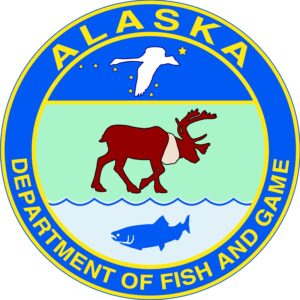
Alaska’s Board of Fisheries has voted against a proposal to reduce significantly commercial fishing times and areas in the South Alaska Peninsula region known as Area M. Instead, the board this past weekend approved another measure to reduce fishing times in early June for salmon also sought by the Arctic-Yukon-Kuskokwim (AYK) region to the north.
The board’s decision on the intercept fishery of Chinook, sockeye and chum salmon came after several days of emotional testimony from fishermen and residents of Area M and the AYK, with both sides speaking out on the socioeconomic and cultural significance of chum salmon to their region.
Proposal 140 would have amended the South Unimak and Shumagin Islands June Salmon Management Plan, written by the Alaska Department of Fish and Game, to reduce fishing times for salmon bound for Bristol Bay and the AYK.
Historically, these stocks have been intercepted in significant numbers along the Alaska Peninsula, Proposal 140 contends. The proposal would have allowed for openings by emergency order for seine, drift gillnet and setnet harvesters to stop excessive harvest of these stocks of concern to the AYK.
Instead the board approved measures to decrease fishing time in Area M to a lesser degree. That action institutes harvest cap triggers for the seine fleet and closes the Sanak Island section, a known chum hot spot, for June, to lower chum harvest.
Area M Seiners Association President Kiley Thompson said they didn’t come away from the meeting with everything they wanted, but maintained sufficient time and area to allow the Area M fishery to survive another season.
Retired salmon biologist Steve Reifenstuhl of Sitka, Alaska cited research from the International Year of the Salmon, as well as NOAA Fisheries, that showed coastal western Alaska chum sampled as juveniles and sub adults were low in fat content, skinny and had near empty stomachs across a broad swath of their range.
The research also showed up an unhealthy environment brought on by extreme ocean heat years in the Bering Sea and Pacific Ocean from 2015 to 2019, Reifenstuhl said.
However, University of Washington fisheries professor and researcher Daniel Schindler noted in his written and oral testimony that it had been known for decades that Area M commercial sockeye salmon fisheries intercept chum salmon destined for western Alaska river systems.
Meanwhile, commercial fisheries in Area M have been allowed to continue to exploit these fish without restriction, a situation Schindler said is “antithetical to the sustained yield principle of the Alaska Constitution and in direct conflict with Alaska’s Sustainable Salmon Policy.”
“History is being made here, because we have two major river systems that have totally collapsed,” Robin Samuelsen, of Dillingham, a Bristol Bay harvester and chairman of the Bristol Bay Economic Development Corp., said. “You don’t know how much this affects people on the Kuskokwim and Yukon. I have seen people dry so damn many times. It’s bad. It’s a human rights issue.”
Brian Ridley, chief/chairman of the Tanana Chiefs Conference (TCC), which represents hundreds of people living in communities along the Yukon and Kuskokwim rivers, said TCC was incredibly disappointed with the decision to prioritize commercial fishing over the needs of subsistence users throughout Alaska by the fisheries board “disregarding its statutory obligations.”
